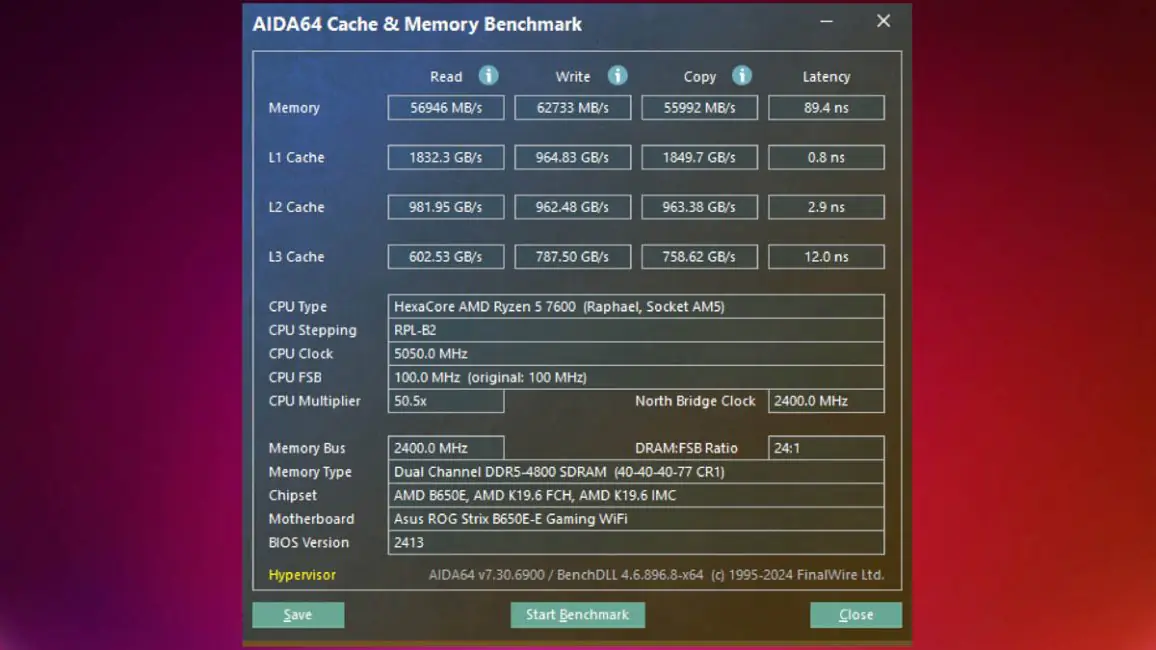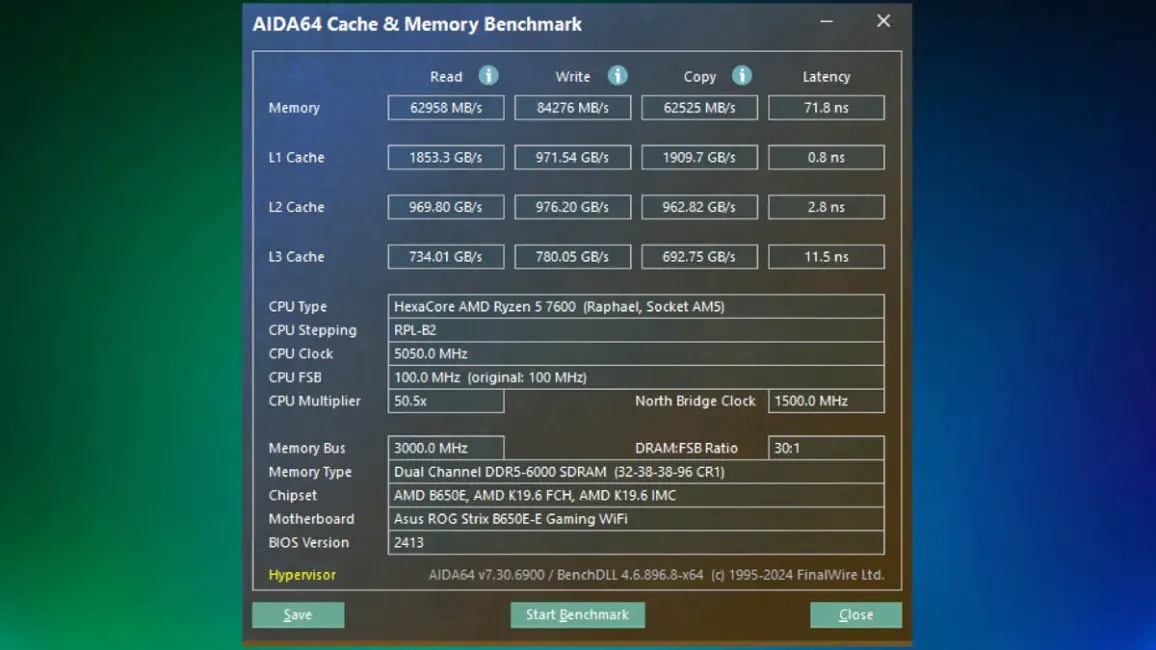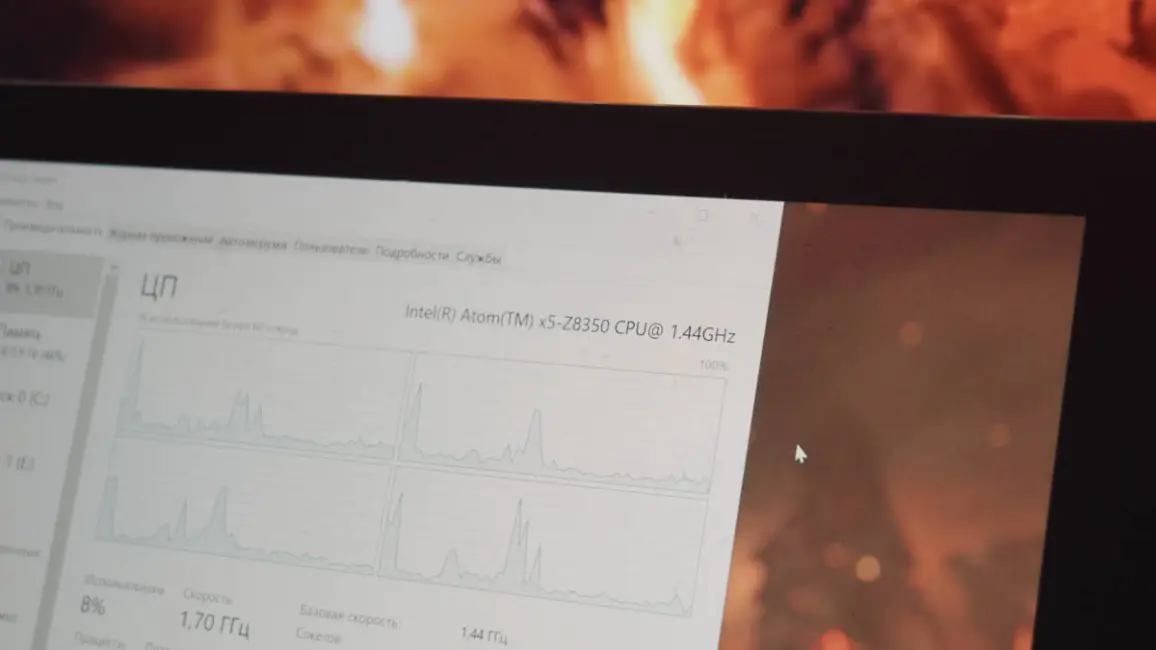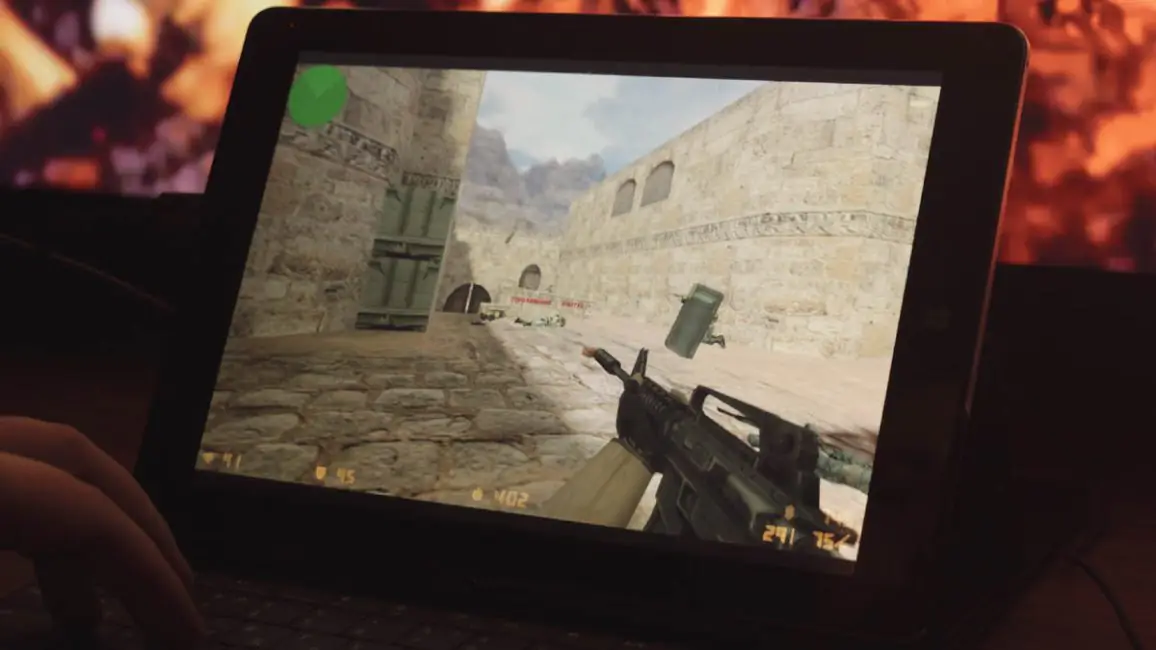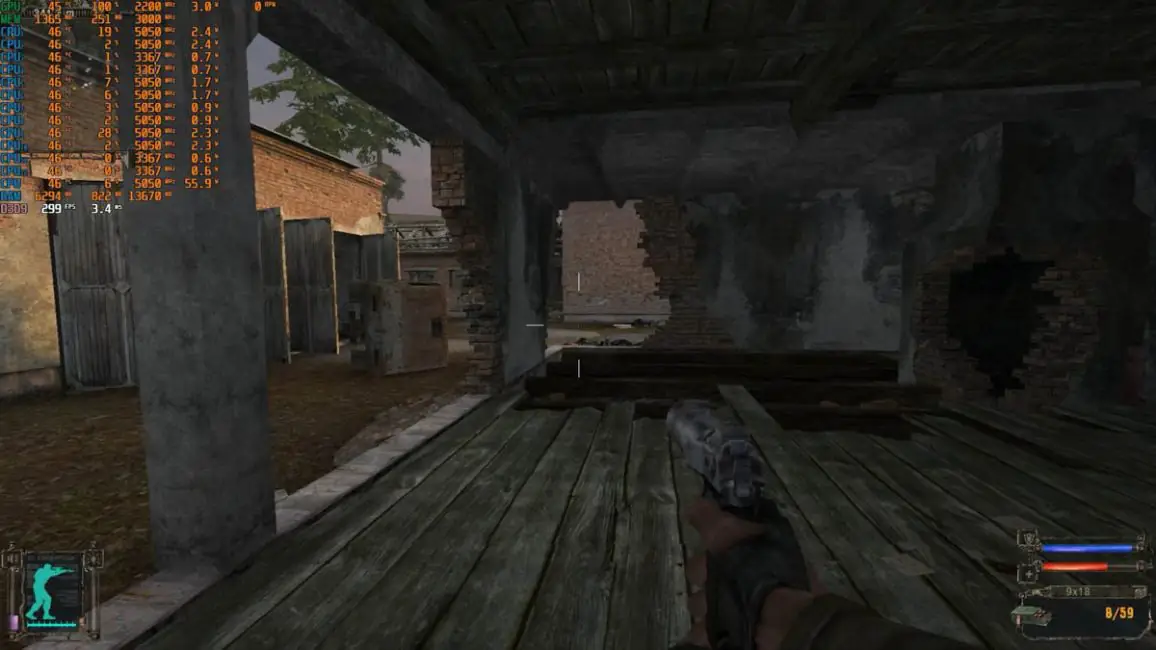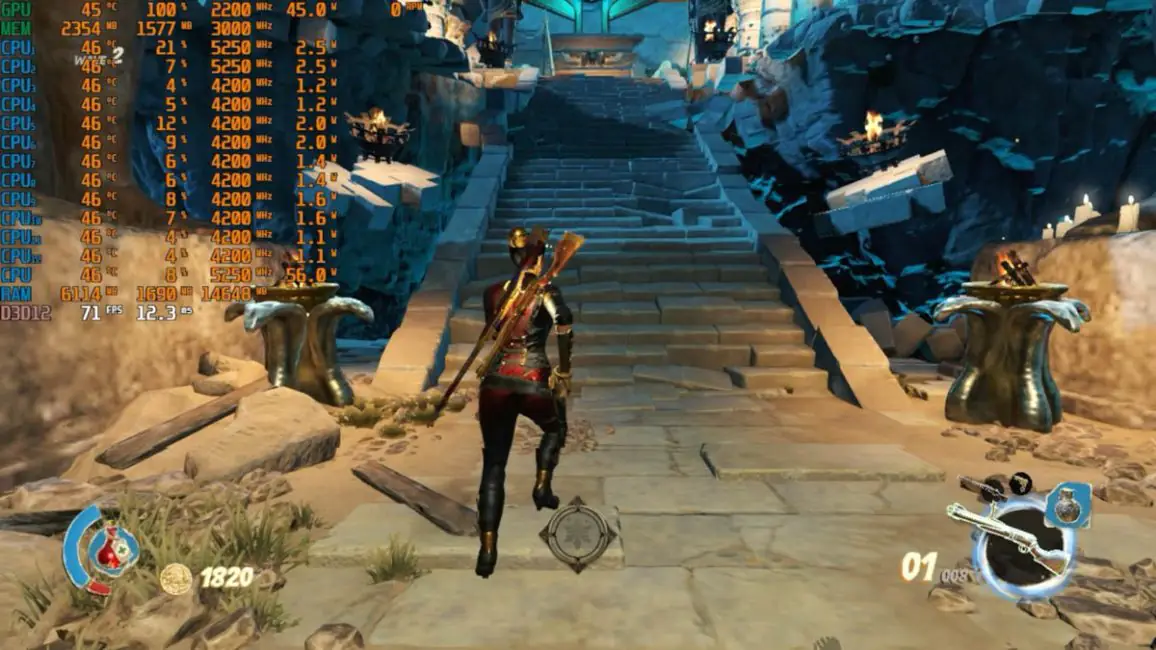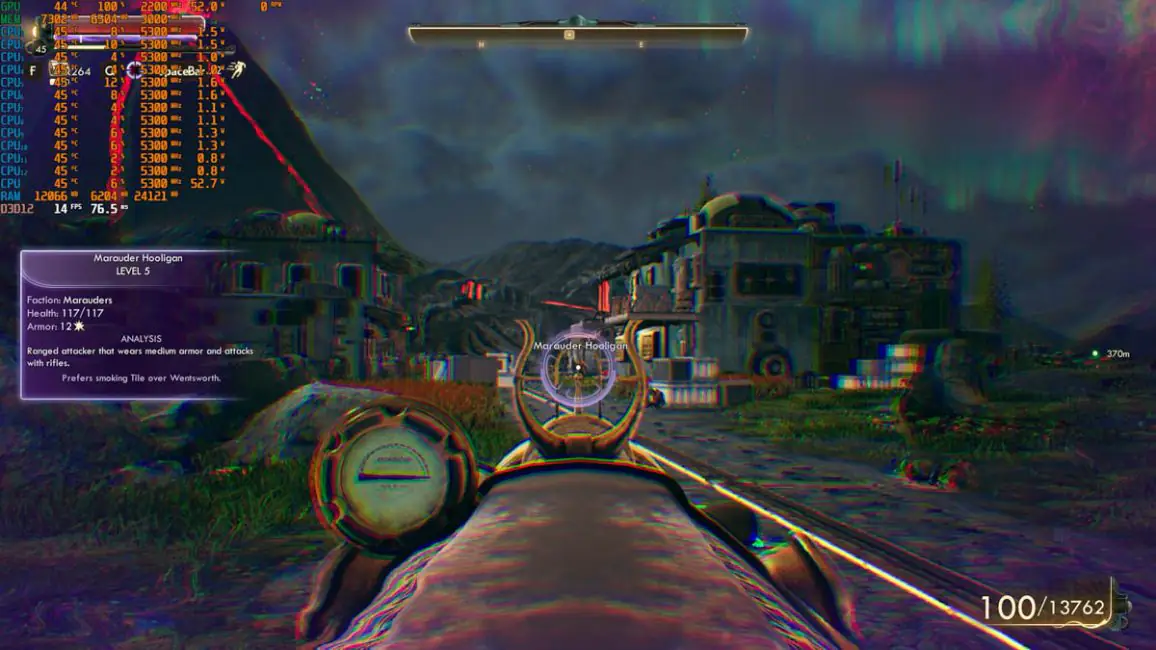© ROOT-NATION.com - Use of content is permitted with a backlink.
I don’t enjoy reviewing RAM. It’s not because, let’s say, the G.Skill Trident Z5 RGB DDR5-6000 32GB kit is lacking in any way or doesn’t have advanced technologies—because it certainly does. It’s DDR5, 6000 MT/s, 2×16GB, with Intel XMP 3.0 support. In terms of advanced features, it’s all there. I don’t enjoy reviewing RAM because the information I usually get from these reviews isn’t personally useful to me.
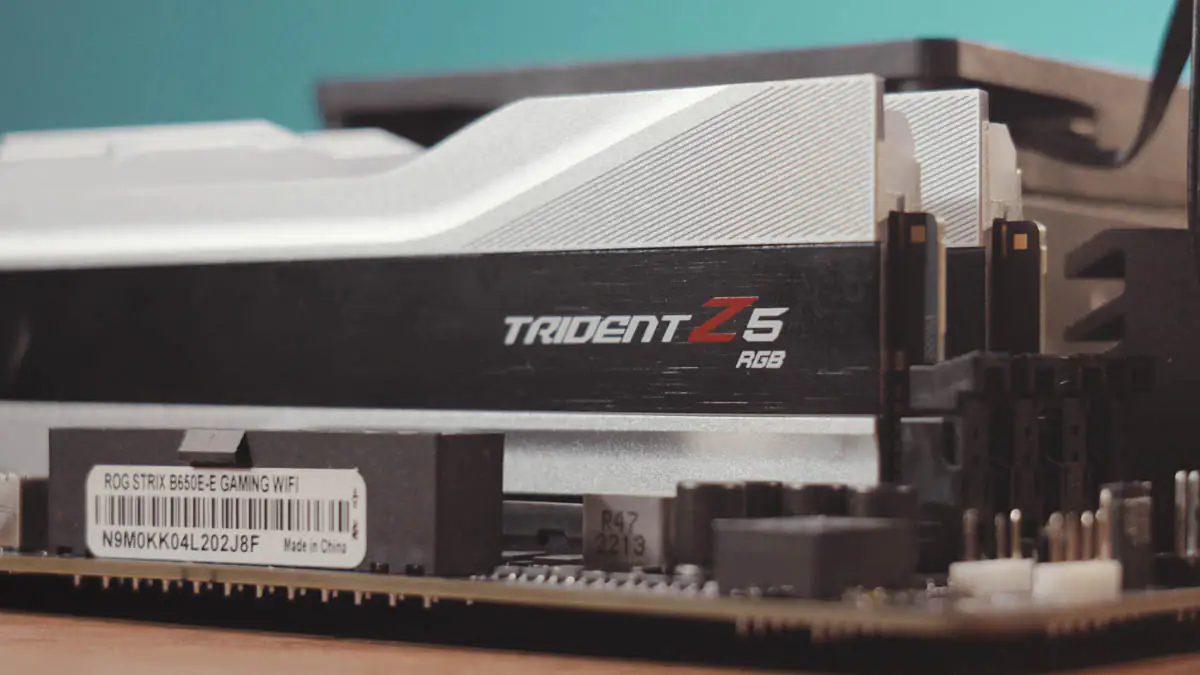
G.Skill Trident Z5 RGB DDR5-6000 32GBB Video review

Specifications
- Storage capacity of the kit: 32 GB
- Number of strips in the set: 2 pcs
- Memory type: DDR5
- Clock frequency: 6000 MHz
- CAS latency: CL32
- Memory timing scheme: 32-38-38-96
- Operating voltage: 1,35 В
- Backlighting: RGB
- Warranty: 60 months
Perspective
That’s exactly why you so rarely see reviews of the latest models of various tech from me. New releases don’t excite me because I’m not interested in chasing the latest trends. Unfortunately for myself and my career, I don’t strive for the newest, and I don’t ask for the latest gear. But when I do review… something, anything—you can be sure it’s a topic that genuinely interests me and is genuinely useful. That’s why I’m fully immersed in it and will definitely have something interesting to share with you.
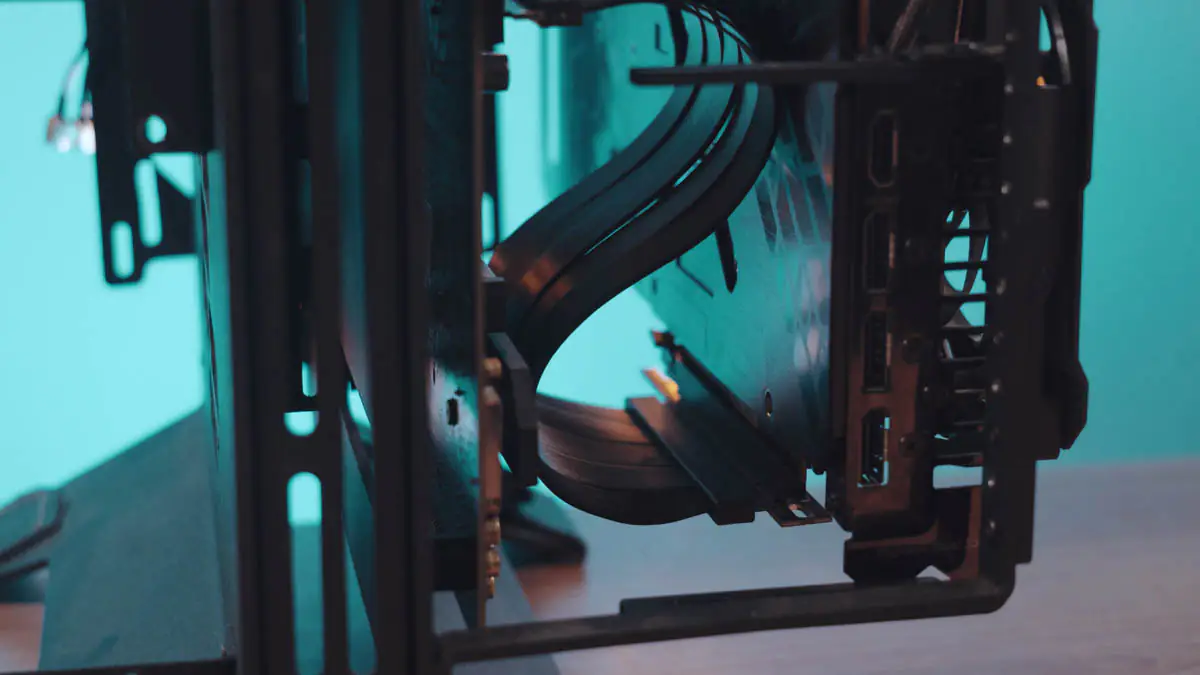
Take the Trident Z5, for example. I’m testing it alongside what I personally find to be the most interesting processor since the AMD Ryzen 5 1600—the AMD Ryzen 5 7600.

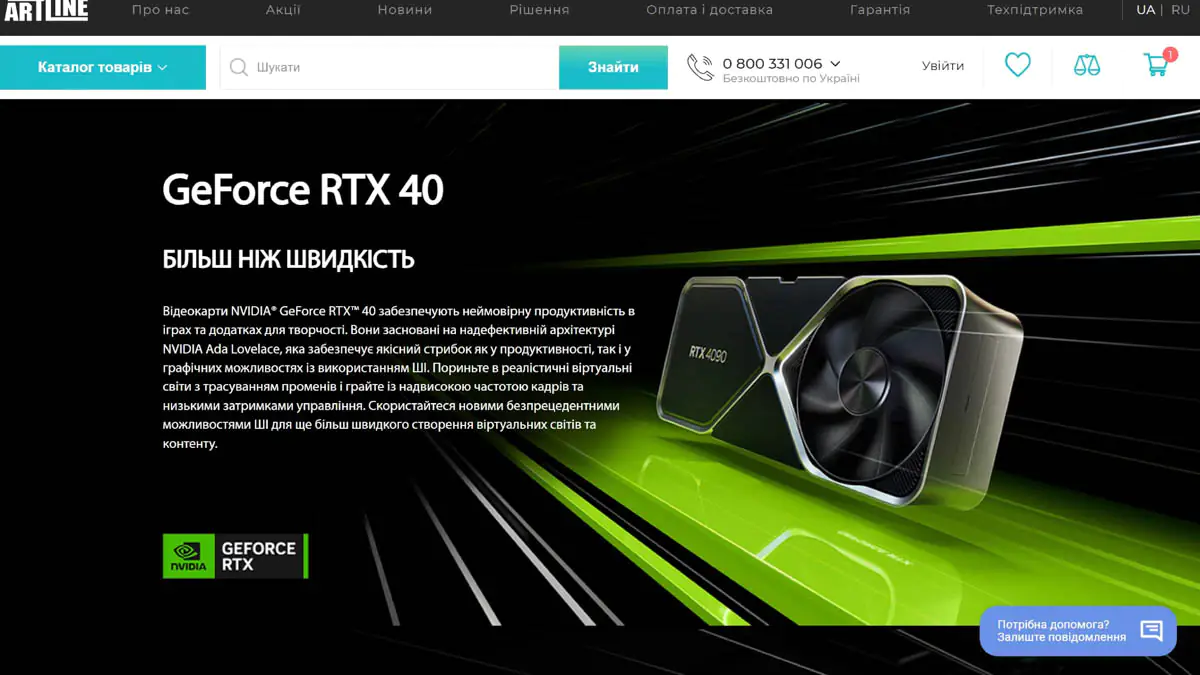
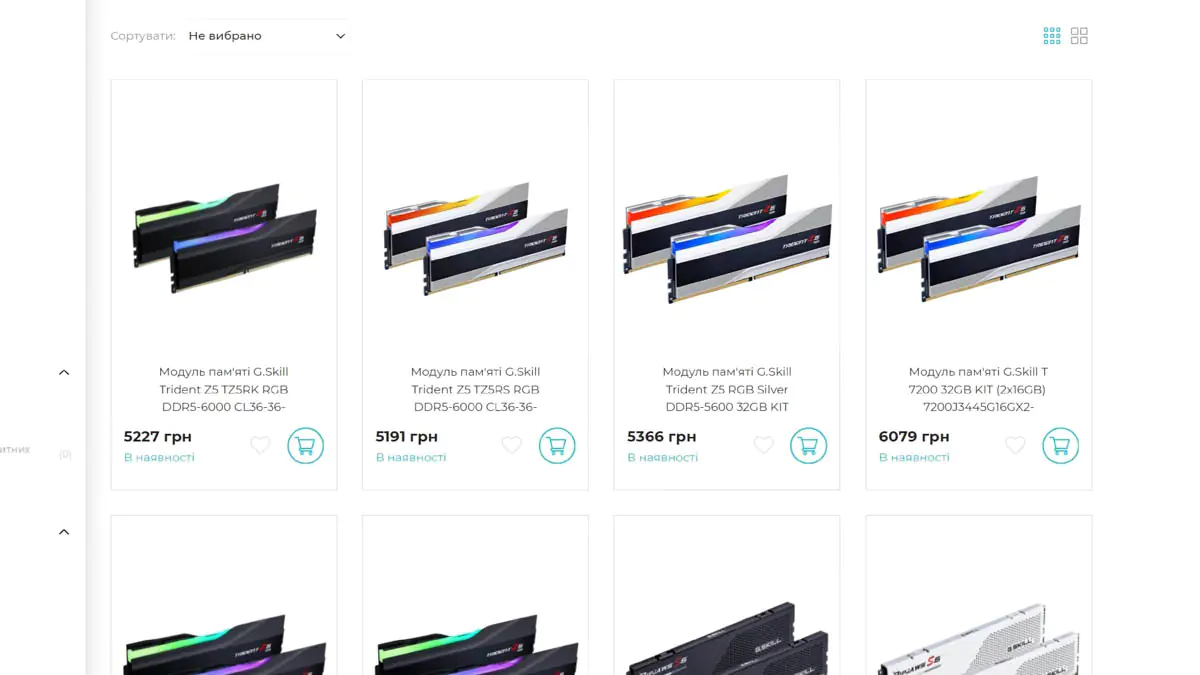
Technical characteristics
The kit I have specifically is labeled with the part number F5-6000J3238F16GX2-TZ5RS. As I’ve mentioned, it’s a 2x16GB setup, rated at 6000 MT/s, with timings of CL32-38-38-96. It features a silver heat spreader with black accents and RGB lighting along the edge. If G.Skill doesn’t change the chip models over time (which they typically don’t, unlike some other manufacturers), the models of these chips are already well-known. Again, this applies specifically to the current part number.
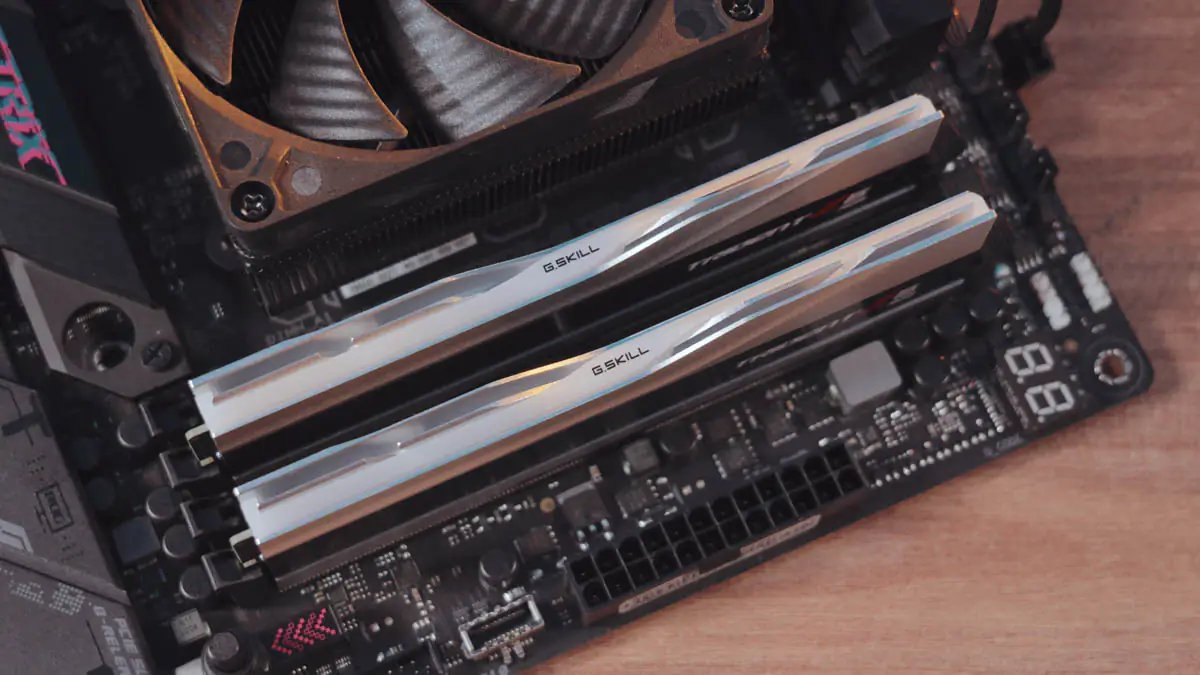
The memory chips on these sticks are SK hynix H5CG48MEBDX014, M-die. The RAM is single-rank, and the PMIC (power management integrated circuit) is supplied by Richtek. For those who missed it—yes, the voltage regulation module in DDR5 is now located on the RAM’s own PCB rather than on the motherboard. The Trident Z5 RGB also supports Intel XMP 3.0 (but not AMD Expo), although the DOCP profile essentially serves the same purpose. It operates at 1.35V and comes with a lifetime warranty.

Testing
Here are the synthetic tests and latency results, at the base frequency and at DOCP frequencies and timings.
I was personally much more interested in the gaming results. Just a reminder—starting with the Ryzen 7000 series, AMD processors come with integrated graphics cores. They might not be the most powerful, but they are there. Not in every model, and some have more powerful graphics cores than others, but you will find them across the board.
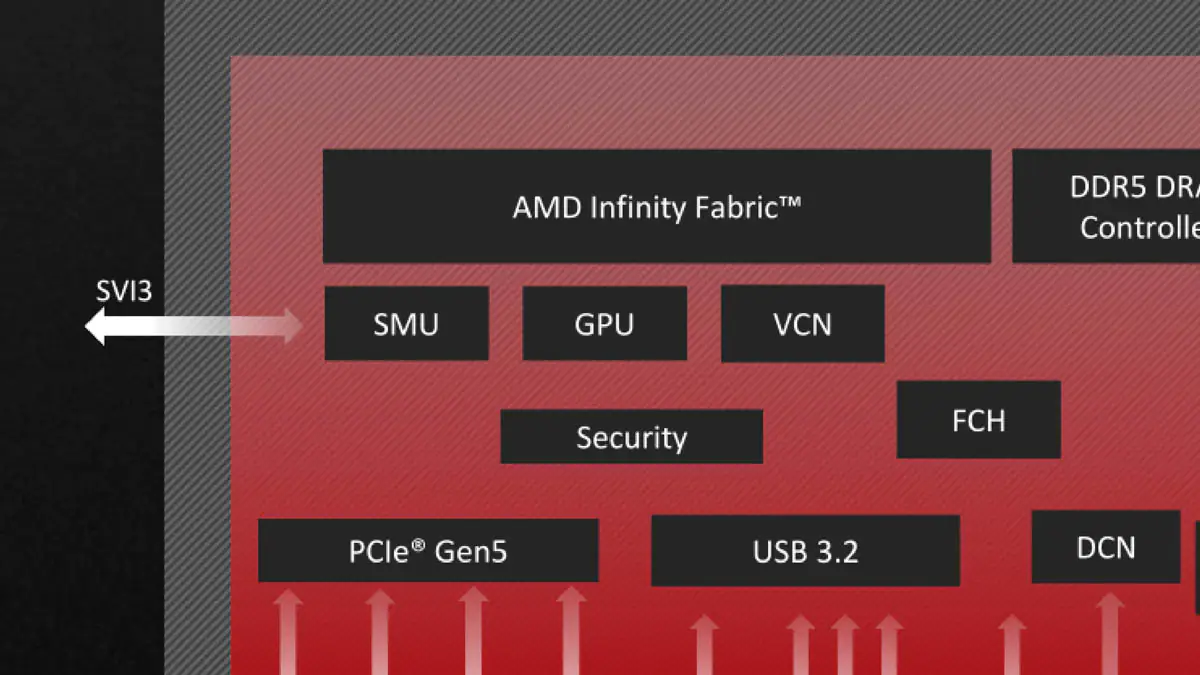 And as someone who was once thrilled to test the Intel Atom Z8300—a super low-power smartphone processor that supported dual booting in Windows and Android—I had an absolute blast trying out games like *Fallout 2*, *Gothic*, and even *Half-Life 2*. I don’t know why, but I think it always gave me peace of mind to know that I wouldn’t be left without a gaming PC. You just had to choose more modest games. Nowadays, I use it for things like farming in ASF.
And as someone who was once thrilled to test the Intel Atom Z8300—a super low-power smartphone processor that supported dual booting in Windows and Android—I had an absolute blast trying out games like *Fallout 2*, *Gothic*, and even *Half-Life 2*. I don’t know why, but I think it always gave me peace of mind to know that I wouldn’t be left without a gaming PC. You just had to choose more modest games. Nowadays, I use it for things like farming in ASF.
Testing in games
The game tests were conducted using the DOCP profile, with the built-in AMD Radeon Graphics Raphael GPU, but with auto-overclocking under the be quiet! Dark Rock Elite cooler, ensuring that the frequencies of the AMD Ryzen 5 7600 matched those of the 7600X. These are some pretty old test results—so old, in fact, that I’ve already received the Dark Rock 5. Why did it take so long? I think it’s obvious—blackouts, shelling, and abnormal heat waves. Nonetheless, here we are.
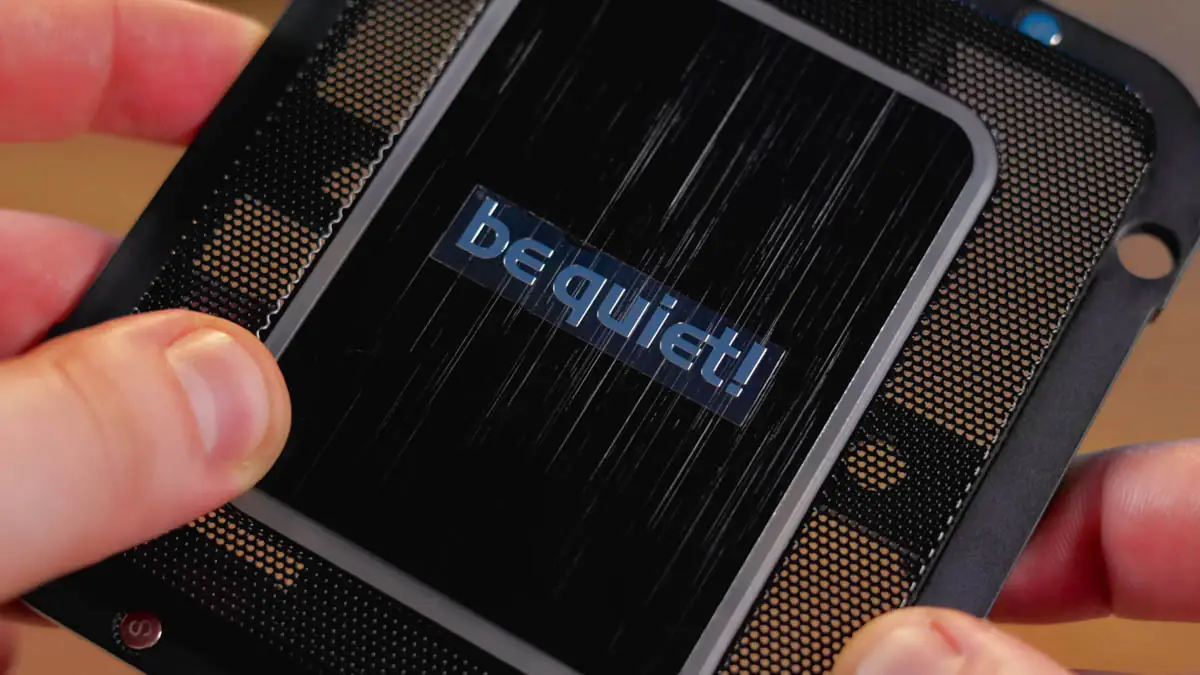 In general, yes, even a GT 1030 shows twice the FPS in many places. But that’s not the point. You can still play a lot of games and edit videos even if you don’t have the budget for a discrete graphics card.
In general, yes, even a GT 1030 shows twice the FPS in many places. But that’s not the point. You can still play a lot of games and edit videos even if you don’t have the budget for a discrete graphics card.
Because sometimes it’s better to build a PC without a graphics card and be able to use it right away, rather than spending money on something old and noisy.
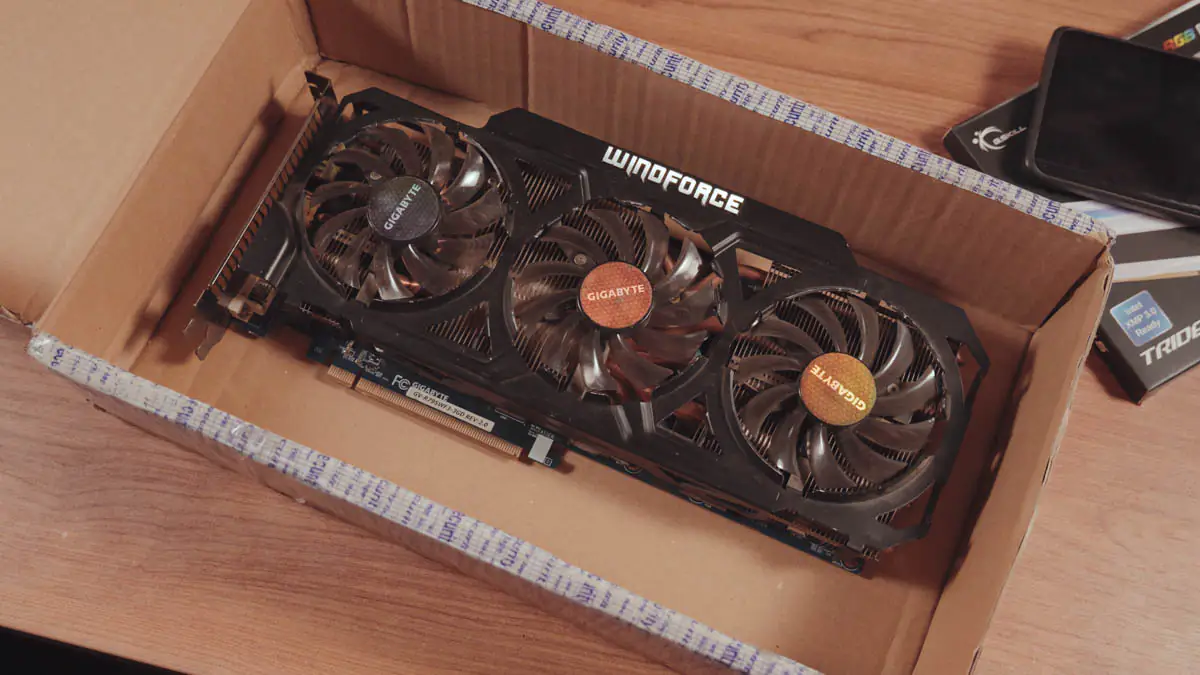
Returning to the Trident Z5, a 32GB kit with a frequency of 6000 MHz certainly provides enough performance for the CPU’s integrated graphics to be utilized up to 95%. Once you get a dedicated graphics card, the RAM’s performance will be more than adequate for fully exploiting the CPU’s capabilities.
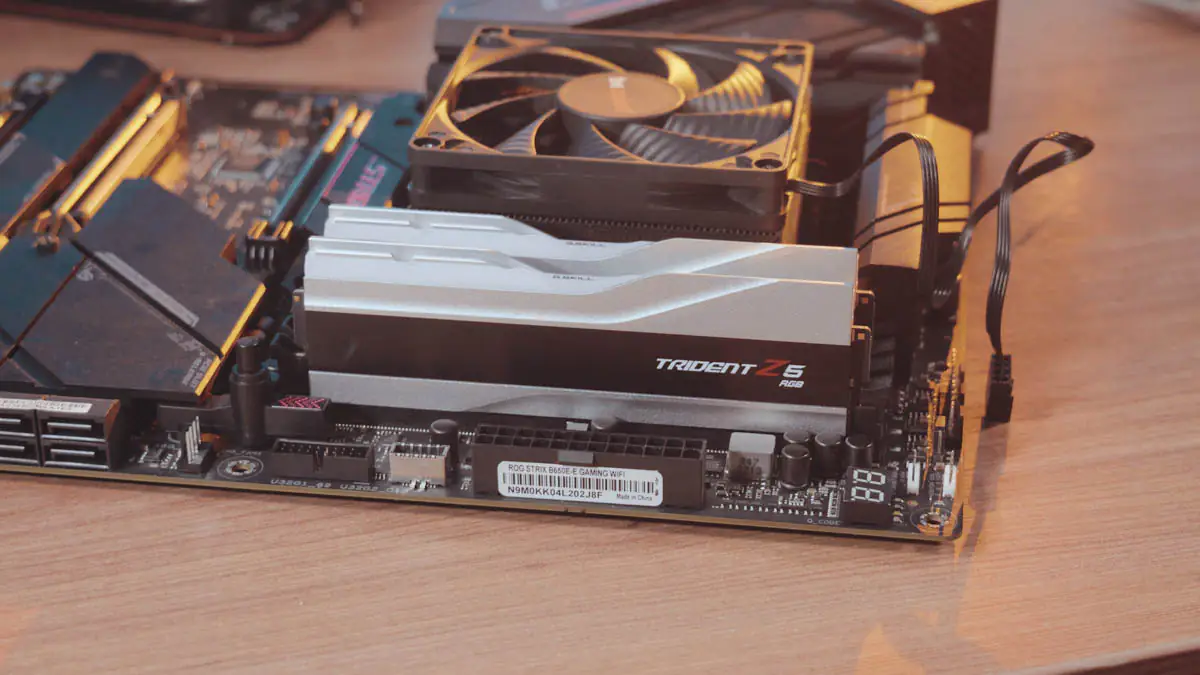
Will it be enough?
And here’s a small nuance. This set is cheaper than similar sets in terms of performance, for example, Kingston, which do not even have RGB. However, I would not choose such a cat for myself. I mean, I would choose it, but I wouldn’t even look at anything faster. Because my golden rule is that it is better to have more volume than more speed. Which is not always possible to get at the same time, mind you, even for a lot of money.
Read also: ASUS ROG STRIX GeForce RTX 4070 Ti SUPER OC 16GB Video Card Review
It sounds like you prioritize stability and capacity over raw performance, especially when it comes to handling intensive tasks like video editing and running multiple applications. In such cases, ensuring that your system runs smoothly and reliably with ample memory is more crucial than chasing the highest clock speeds or the latest features.
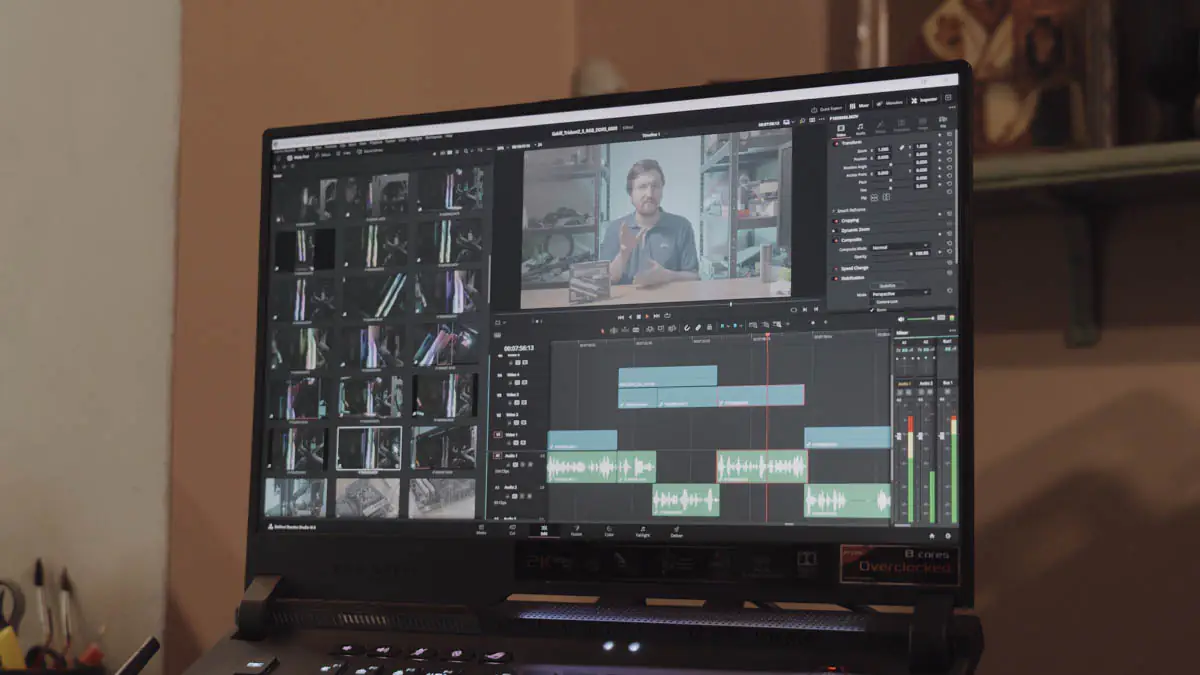
Now that DDR5 is used in AMD’s integrated graphics, which are even utilized in DaVinci Resolve, memory speed has become more important to me. However, it’s not crucial enough to invest in super-high-speed modules at 7200 MHz; 6000 MHz is sufficient. But the volume is essential—at least 64 GB. Even considering that I’d choose an RTX 3090 for the build, due to its 24 GB of video memory, RAM still impacts performance in DaVinci Resolve. I’ll explain where and why this is significant soon.
Conclusions
This is excellent RAM. It’s well-balanced, which I greatly appreciate. The capacity, speed, timings, Intel XMP 3.0, RGB, and seamless synchronization with motherboards are all spot on. Are there any complaints? None at all. So yes, I recommend the G.Skill Trident Z5 RGB DDR5-6000 32GB.
Read also:
- ASUS TUF Gaming GeForce RTX 4070 SUPER OC 12GB Video Card Review
- Cougar MX600 RGB Full-Tower Computer Case Review
- APNX AP1-V ARGB CPU Cooler Review: Elegant and Efficient


